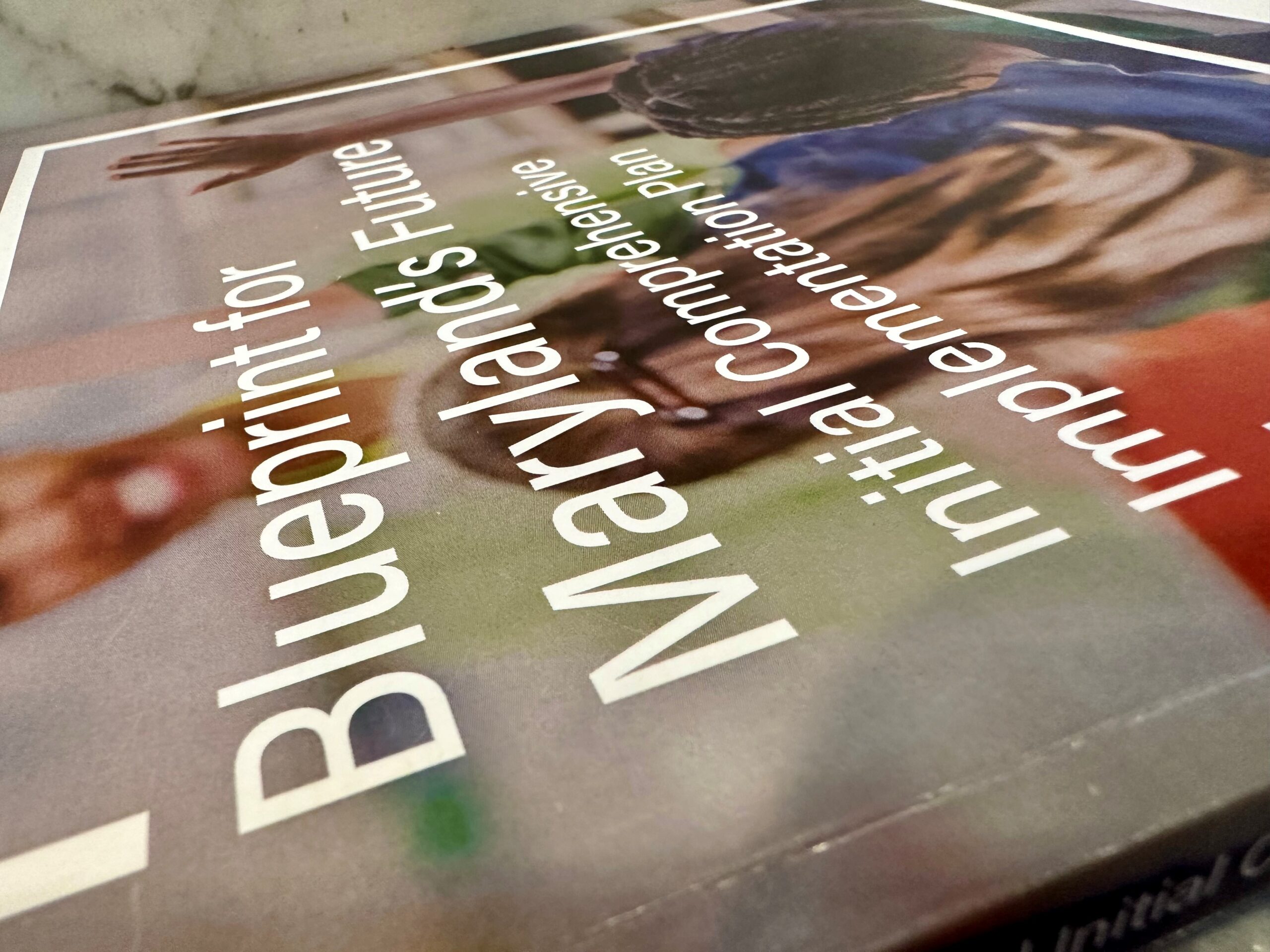Kalman Hettleman: Tutoring is teetering. Maryland officials should look to Baltimore City as a model

Tutoring is a textbook example of how sometimes a lot of money for public schools does not pay off as advertised. That’s true so far for investments in tutoring nationwide, triggered by the pandemic. And it’s true in Maryland although there is potential for speedy improvement.
Tutoring is universally recognized as the most effective way to prevent and remediate learning deficits. School systems nationwide are on track to spend around $3.6 billion this year and next on tutoring.
However, there are severe growing pains. During the pandemic, school districts were forced to plan the tutoring on short notice. Proven program models and staff were in short supply. And education bureaucracies are notoriously inept in trying to alter classroom instruction.
Still, that’s no excuse for under-utilization and under-performance. Good data is scarce. While we know the roll-out has been bad, we don’t know exactly how bad. Or how good either, when school districts claim positive results. Virtually each state and more than 13,000 local school systems have a vast assortment of programs with endless variables, such as tutor qualifications, tutor-student ratio, frequency, and in person or online models.
Nonetheless, there’s no mistaking the troubling reports from the field. A federal survey revealed that last year only about 10% of students nationwide received high-dosage — that is, evidence-based — tutoring. In general, the national landscape is littered with weak start-ups and dashed expectations.
Maryland presents a mixed picture. Pre-pandemic, the Blueprint for Maryland’s Future included funds for tutoring in the early grades. On top of that, significant COVID-19 relief funds were targeted for tutoring. And the Maryland State Department of Education has initiated several small tutoring pilots under its Maryland Leads initiative,
However, reports from local school districts on tutoring for the 2021-2022 school year were a grab bag of programs with little evidence of effectiveness. Under “local control” in Maryland, each district tends to go its own way. For instance, the local reports varied in length from 112 to 4 pages, with district size not the main variable.
Coherent state action is imperative. The science of tutoring and lessons learned, good and bad, must drive a statewide comprehensive plan for the short- and long-run. Ultimate responsibility rests on the Blueprint Accountability and Implementation Board (AIB). It must ensure that MSDE requires evidence-based best practices, uniform data collection and evaluations that set a floor, not a ceiling, for local tutoring initiatives. Yet, MSDE is lagging and this hasn’t happened.
The AIB and MSDE are continuing to work on collaborative standards. And as they do, they should look closely at tutoring in the Baltimore City school system which has earned plaudits from national experts. (Bias alert: I played an active part in development of the BCPS models.)
BCPS began, pre-COVID, to grow tutoring systemwide. It put in place the central management capacity to set evidence-based standards and allocate funding. It now has five central staff positions under excellent program managers — a structure that may be unique nationally.
A focal point has been a home-grown, in-person early literacy tutoring program — named TSI, after the Blueprint Transitional Supplemental Instruction grants — that has particularly garnered national recognition. TSI has steadily expanded, serving this year about 1,200 students. Tutors are regular school system employees, almost all four-year college graduates though without teacher certifications.
The tutoring is tailored to meet the highest evidence-based standards: five times per week, 20 minutes per session, with no more than four or five students per tutor. And it rises above the field because the tutoring is fully integrated into regular school instruction. The early data reported to the state puts the TSI program generally ahead of the other about 13 BCPS tutoring programs, some nationally packaged models.
Jen Krajewski of ProvenTutoring, a national center at Johns Hopkins University that disseminates best models, told me, “The Baltimore school system is definitely a national bright spot, in its comprehensive approach, high standards, and quality control.”
And Accelerate, a national non-profit, has provided a grant to BCPS for analysis of its tutoring initiatives.
However, even if the quality of tutoring improves statewide, there won’t be nearly enough of it. The COVID-19 funding will wind down in two years, and the Blueprint funding for tutoring through 2032 is unquestionably inadequate.
The current Blueprint TSI grants for grades K-3 are far below the recommendations made to the Kirwan Commission by the late Robert Slavin, then the nation’s leading expert on tutoring. And the grants sunset in 2026.
What’s more, there is little to no funding in the Blueprint for interventions in grades 4-10 for reading or math. A small amount of funding is directly provided for students in grades 11 and 12 who do not meet college and career readiness standards at the end of tenth grade. But, of course, this is far too little and late for students to catch up on failures in grades K-10.
A ray of hope is the little known, but substantial, Blueprint funding for “collaborative time” for teachers. Beginning in fiscal year 2025, funding is earmarked to gradually increase the time teachers have for training, peer collaboration and individualized instruction, like tutoring, However, how much tutoring will occur is speculative.
Overall, to put the underfunding of tutoring in perspective, the funding in the Blueprint for tutoring and other interventions for struggling learners in all grades is less than one-tenth the funding for “wraparound” services, largely community-based services for students in schools with high concentrations of poverty.
The governor and General Assembly haven’t addressed tutoring this legislative session, but should do remedial work next year. A few states stand out as exemplars, most notably Tennessee and Texas.
In any event, MSDE, under the supervision of the AIB, can be doing much more now to ensure that current funding for tutoring is better spent. If we have the will, we know the way.




 Creative Commons Attribution
Creative Commons Attribution